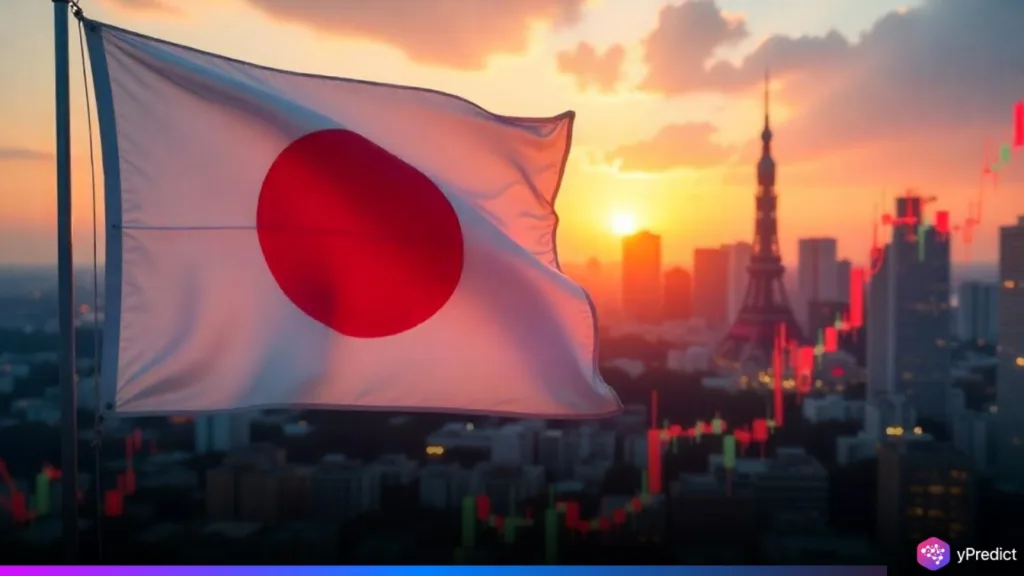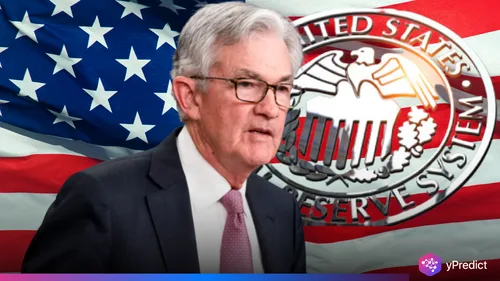
Japan bond yields rose sharply after a weak 20-year debt auction revealed dwindling investor trust in the country’s long-term obligations. The auction recorded the lowest demand since 2012, pushing yields on super-long Japanese Government Bonds (JGBs) sharply higher.
Investors are becoming more cautious as the Bank of Japan (BOJ) continues to reduce its bond purchases in the face of uncertainties over fiscal policy and interest rate normalisation. The bad auction result has fuelled calls for the BOJ to reconsider its strategy, as rising borrowing prices threaten to damage Japan’s already shaky recovery and increase its massive public debt burden.
Super-Long Yields Spike Following Auction Shortfall
Japan’s bond market is experiencing major turmoil as rates on long-term government securities reach multi-decade highs, reflecting waning investor confidence and growing budgetary concerns. The latest ¥1 trillion auction of 20-year Japanese government bonds (JGBs) marked a turning point, with the worst demand since 2012. According to Bloomberg, the mild response reduced the bid-to-cover ratio, a crucial statistic of auction performance, to its lowest level in more than a decade.
Investor demand for ultra-long bonds has dropped dramatically, with investors expecting greater yields to compensate for the increased risks associated with fiscal instability and a tightening liquidity environment. The impact of the poorly received auction sent shockwaves through the yield curve.
The 40-year yield rose 10 basis points to 3.55%, the highest level since the instrument’s launch in 2007, while the 30-year bond yield touched highs not seen since its debut in 1999. The 20-year yield also rose 15 basis points, reaching levels last seen in 2000.
Additionally, the 10-year JGB yield jumped 4.5 basis points to 1.525%, its highest since late March. Futures on the benchmark 10-year note also declined. Meanwhile, five-year bond yields climbed to 1.01%, the highest since early April, just after the U.S. announced new tariffs on Japanese goods.
This sharp selloff indicates a deterioration in confidence across Japan’s bond market. Market observers blame the meltdown on a combination of factors, including the Bank of Japan’s (BOJ) continuous reduction in bond purchases, rising inflation, and growing concerns about unsustainable government expenditure. Notably, traditional domestic investors such as life insurers are retreating, leaving a demand gap that the central bank is no longer ready to fill.
BOJ’s Strategy Under Fire Amid Rising Japan Bond Yields
The BOJ plans to reduce quarterly purchases of JGBs by ¥400 billion, raising concerns about the impact on demand for long-term assets. The central bank aims to reduce monthly purchases to ¥3 trillion by March 2026, which some investors think is premature given the weak market conditions. If sustained, this pace would trim the central bank’s ¥3.9 trillion balance sheet by as much as 8%.
Furthermore, financial institutions and pension funds, which have typically been consistent buyers of super-long JGBs, appear to be becoming more hesitant. To avoid further volatility, there are rising calls for the BOJ to suspend or reverse the tapering of super-long bonds.
Analysts like Shoki Omori of Mizuho Securities warn that weak demand for super-long bonds may trigger broader selloffs in 10- and 30-year maturities. Investor caution is rising ahead of the BOJ’s June 16–17 policy meeting, with market participants divided on how quickly it should unwind bond purchases.
Conclusion
As Japan struggles with rising borrowing costs, a falling yen, and political pressure ahead of important elections, the aftermath of the weak 20-year bond sale heightens concerns about fiscal stability and policy direction. All eyes are now on the Bank of Japan’s June policy meeting, where market investors expect clarity or recalibration on tapering plans. Failure to handle rising bond market volatility might undermine investor confidence and destabilise Japan’s overall economic recovery.







